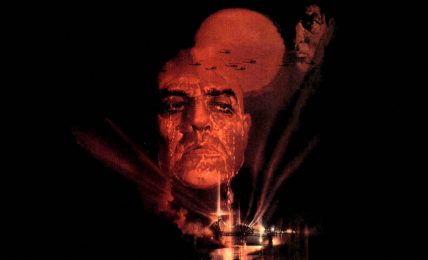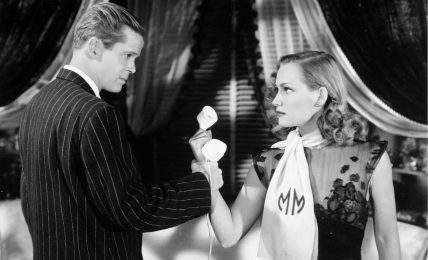TOWER (LFF 2016)
50 years ago, a gunman rode the elevator to the 27th floor of the University of Texas Tower and opened fire. This animated documentary reveals the untold story of that horrifying day, when the worst in one man brought out the best in so many others.






